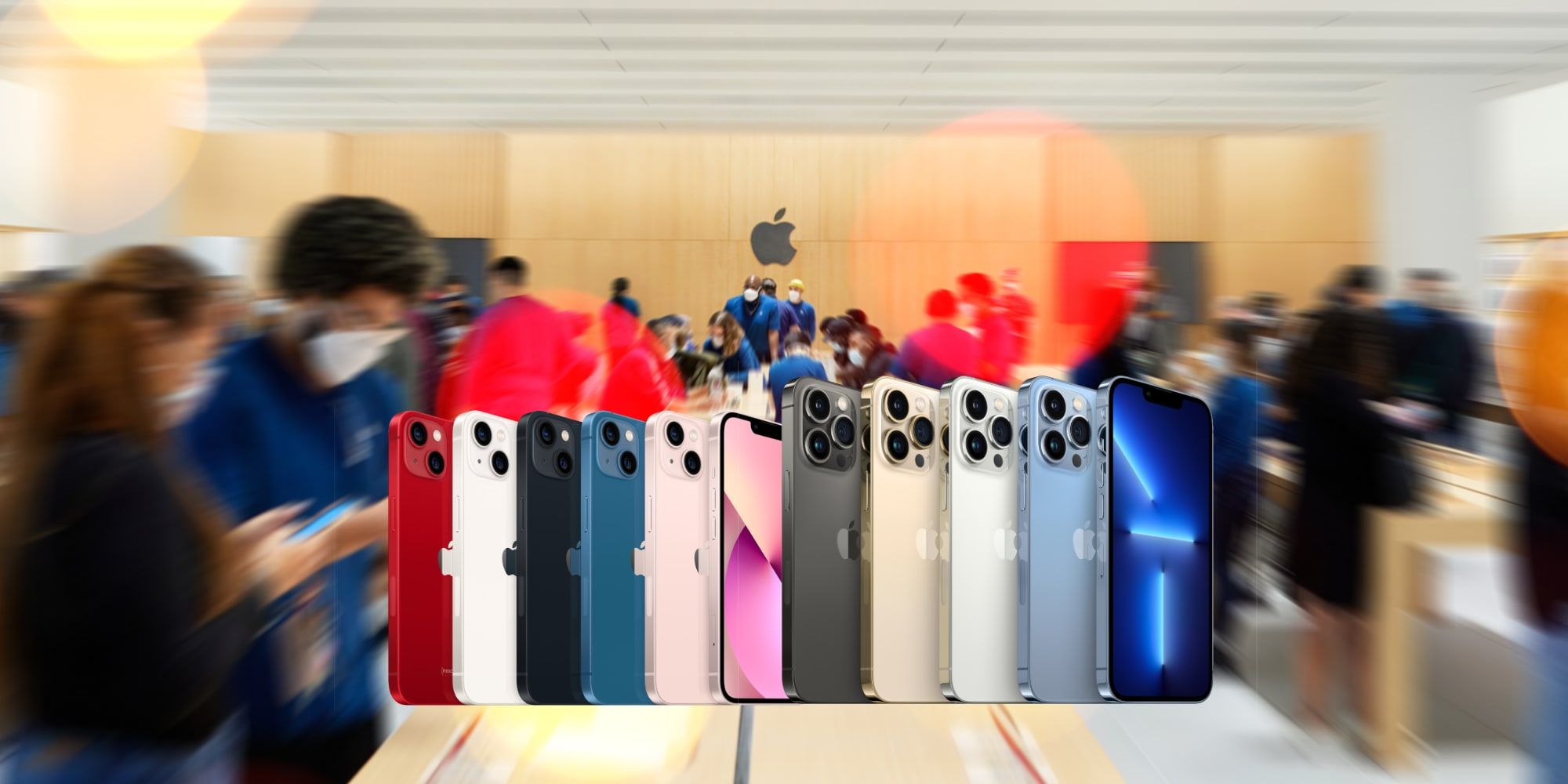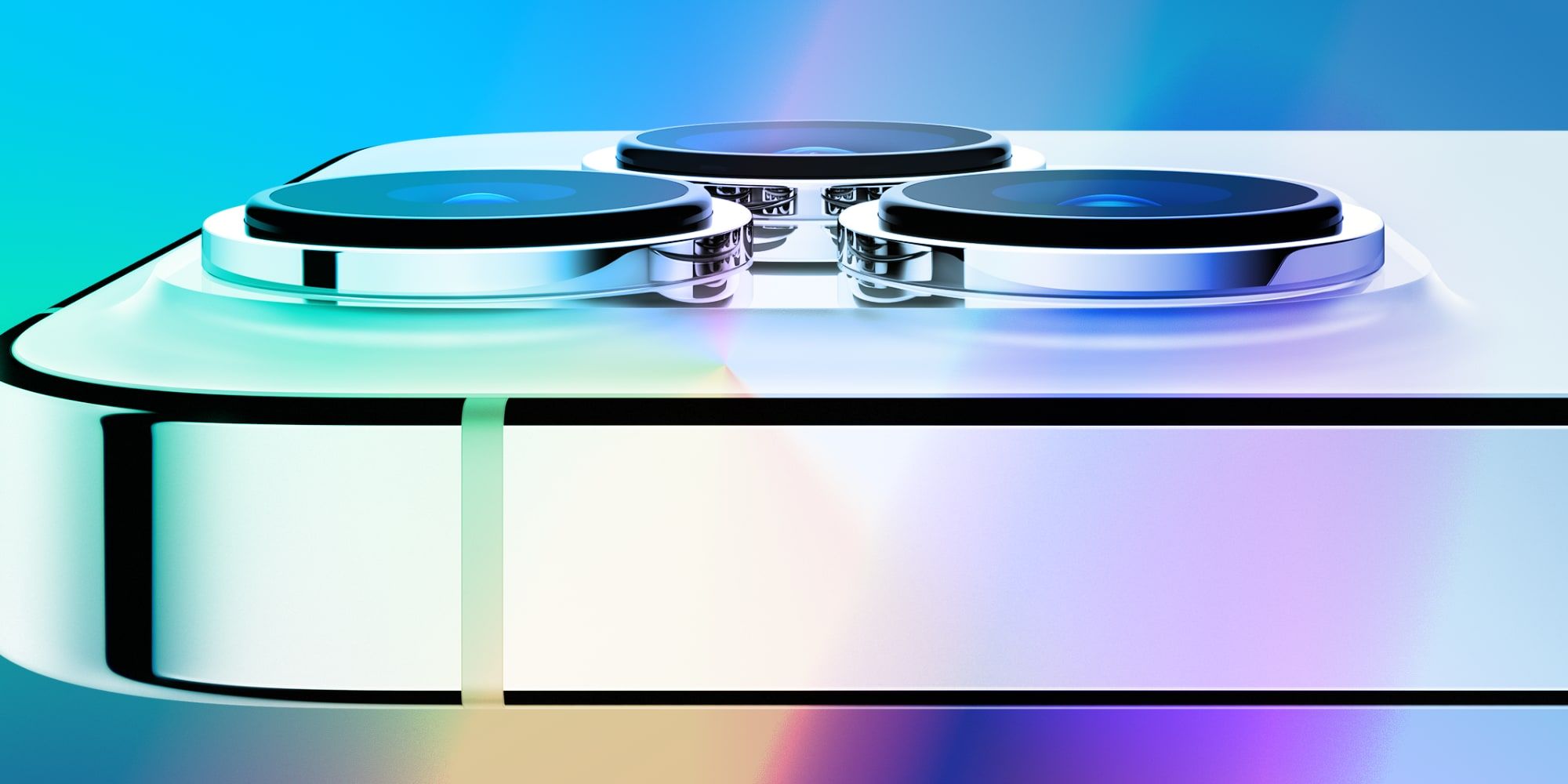The iPhone 13 seems to be a success and shipping times are currently extending to several weeks, but it's unlikely that Apple's newest and best iPhone will sell out this year. This is despite credible reports of shortfalls in needed components, which could result in Apple cutting as many as 10 million units from its expected supply.
The iPhone 13 offers many improvements over the previous generation, most notably wider apertures and larger image sensors for the main camera, along with a faster lens and autofocus for the ultra-wide. Naturally, each new year brings a significantly faster chip that allows better processing. This year, Apple took advantage of that performance boost to add an impressive video feature that can blur the background and automatically identify faces so that it keeps them in focus when looking at the camera. However, it wasn't as big of an upgrade as last year's models which brought a whole new design.
While the iPhone 13 is among the top smartphones on the market and with a camera array that might be the best available in the US, Apple set such a high bar last year that this is still an incremental update. Demand is still strong and shipping times have lengthened to weeks. As mentioned by Bloomberg, Apple is a master of supply chain logistics and long-term planning which means shoppers don't have to rush to place an order if they aren't ready yet. It is highly unlikely that Apple will run out of iPhone 13 phones this year.
What About The iPhone 13 Shortage?
Apple supply chain reports suggest that 10 million iPhone orders will be cut due to the lack of components that are necessary to complete the device. This needs some context to understand what effect it will have on Apple. Around the middle of July, supply chain sources indicated that Apple had ordered 90 million units of the iPhone 13. In 2020 the order amount was 75 million. Both of these are huge orders, something commonplace for Apple, and the company sometimes reduces the size of the order at a later date if it detects an oversupply. For example, this appears to have been the case with the iPhone 12 mini.
Given that Apple increased its iPhone order by 15 million and might be short 10 million, the difference is not that significant given that there should be more than enough to last through the end of 2021 and well into 2022. It's important to note that Apple's order only implies that components were collected and factory time scheduled to fill this amount. Delays are still possible and with the pandemic disrupting timelines, iPhone orders might take longer to ship. What seems fairly certain, however, is that there will be plenty of iPhone 13 units to sell for the foreseeable future.
Source: Bloomberg


